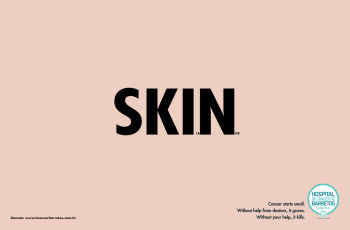Plastic Surgery vs. Dermatology Residency
/ Plastic Surgery and Dermagology residencies are still hot. In fact, they're getting hotter as more young doctors look at the options available to them after graduation.
Plastic Surgery and Dermagology residencies are still hot. In fact, they're getting hotter as more young doctors look at the options available to them after graduation.
According to a recently released report, plastic surgery and dermatology are the most competitive specialties among medical students awaiting appointments to residency programs, reports the New York Times.
According to a report by the Washington-based Association of American Medical Colleges and the National Resident Matching Program, only 61 percent of seniors at American medical schools whose first choice was dermatology received a residency in that field last year. Compare that figure with 98 percent for those seeking internal medicine and 99 percent for family medicine.
The report notes that though there are far fewer residency positions in dermatology (320 in 2007) than in internal medicine (5,517) and family medicine (2,603), the field is attracting some of the brightest medical students. The report goes on to say that seniors accepted last year as dermatology and plastic surgery residents had the highest median medical-board scores and the highest percentage of members in the medical honor society among 18 specialties.
In addition to wanting to be involved in a medical discipline that treats serious cancers and helps improve people’s self-esteem through cosmetic procedures, financial and work/life factors also may account for the growing popularity of dermatology and plastic surgery among medical students, according to the Times.
Referencing a 2006 survey conducted by Medical Economics magazine, the Times reports that while dermatologists work an average of about 40 hours a week, internists, for example, work an average of 50 hours a week. Further, while an internist earns an average of $191,525 annually, a dermatologist earns an average of $390,274, according to figures compiled by the Medical Group Management Association.





